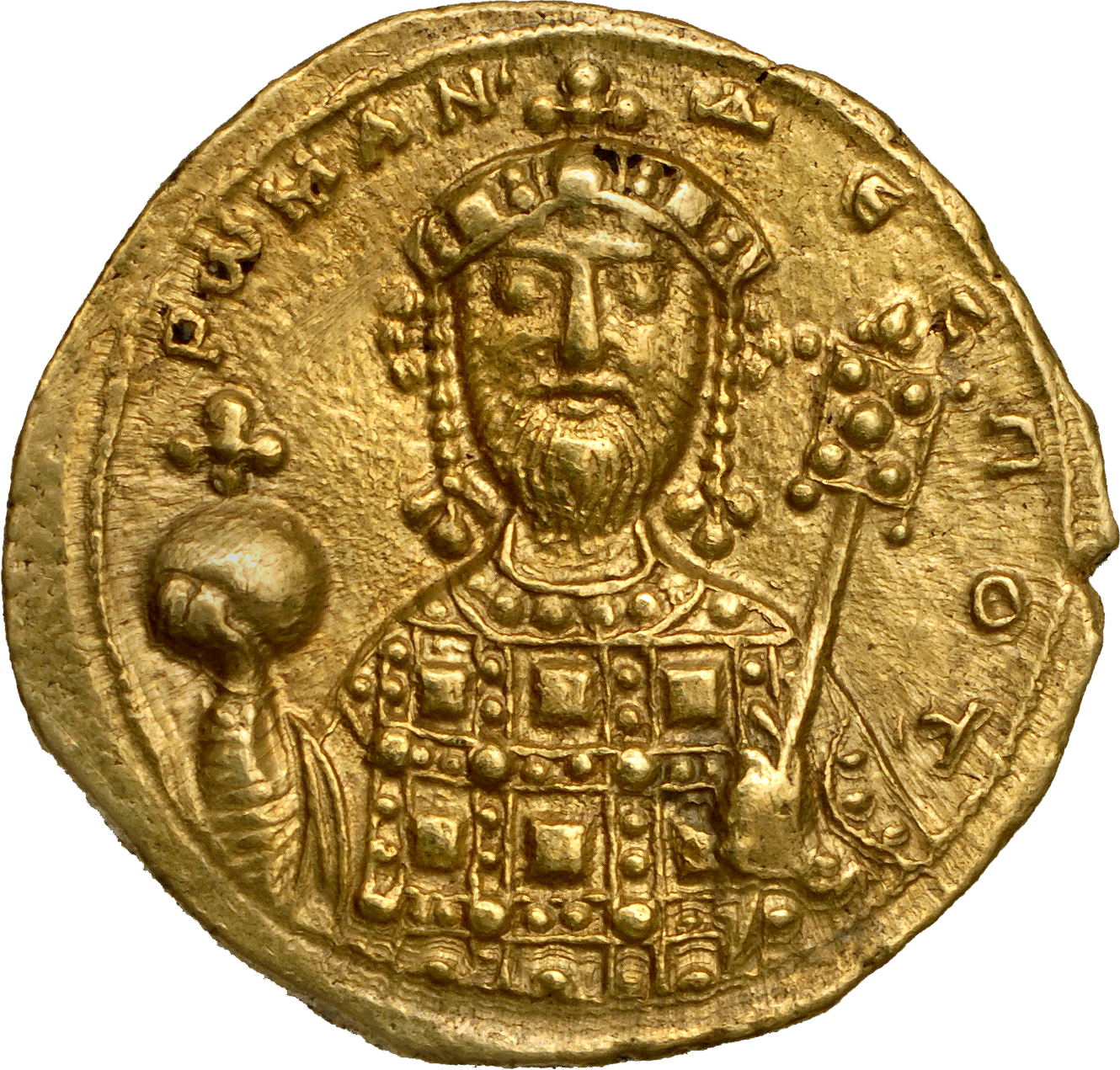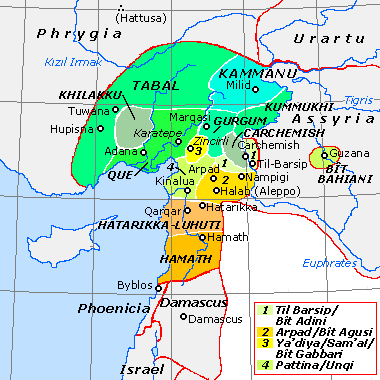|
Г–ncГјpДұnar
Г–ncГјpДұnar, also called Tipil or Tibil and historically known as Tubbal, is a village in Kilis Province, Turkey, on the border with Syria. It lies south of the city of Kilis, and north of the Syrian town of Azaz. Г–ncГјpДұnar's postal code is 79000. The closest major cities in Turkey include Gaziantep, Osmaniye and KahramanmaraЕҹ. Aleppo, Syria is also close. A border gate with the same name (Г–ncГјpДұnar Border Gate, or ''Г–ncГјpДұnar Hudut KapДұsДұ'' in Turkish) opens to Syria here, and the Kilis Г–ncГјpДұnar Accommodation Facility, a camp for refugees fleeing the Syrian Civil War is at this village. History Tibil has been at least tentatively identified by a number of modern scholars as the site of the SyroвҖ“Hittite city of Muru in Bit Agusi. During the 11th century, it was a fortified place known as Tubbal. It served as the camp of the. Byzantine emperor Romanos III during the Battle of Azaz against the Mirdasids of Aleppo )), is an adjective which means "white- ... [...More Info...] [...Related Items...] OR: [Wikipedia] [Google] [Baidu] |
Kilis
Kilis is a city in south-central Turkey, near the SyriaвҖ“Turkey border, border with Syria, and the administrative centre of Kilis Province. History Although there aren't any definite information related to its foundation, today's Kilis mainly developed and became urbanized during the Ottoman Empire, Ottoman period. However, traces of important cities found in the near surroundings of Kilis and the historical documents prove that important centres were always present here in every period. In the tablets belonging to the Assyrian period, the name 'Ki-li-zi' is written in cuneiform and a city named as "Ciliza Sive Urnagiganti" during the Roman Empire period is mentioned. In addition to centers such as Kirus antique city, Oylum HГ¶yГјk, Ravendel, Ravanda Castle, Ilezi and Tarzime Han, many other residential areas starting from the Neolithic period have also been discovered in the surrounding of Kilis as a result of archaeological surface explorations. Hittite, Greek, Persian, Rom ... [...More Info...] [...Related Items...] OR: [Wikipedia] [Google] [Baidu] |
Kilis Oncupinar Accommodation Facility
Kilis is a city in south-central Turkey, near the border with Syria, and the administrative centre of Kilis Province. History Although there aren't any definite information related to its foundation, today's Kilis mainly developed and became urbanized during the Ottoman period. However, traces of important cities found in the near surroundings of Kilis and the historical documents prove that important centres were always present here in every period. In the tablets belonging to the Assyrian period, the name 'Ki-li-zi' is written in cuneiform and a city named as "Ciliza Sive Urnagiganti" during the Roman Empire period is mentioned. In addition to centers such as Kirus antique city, Oylum Höyük, Ravanda Castle, Ilezi and Tarzime Han, many other residential areas starting from the Neolithic period have also been discovered in the surrounding of Kilis as a result of archaeological surface explorations. Hittite, Greek, Persian, Roman, Byzantine, Crusader, Mamluk and Ottoman pe ... [...More Info...] [...Related Items...] OR: [Wikipedia] [Google] [Baidu] |
SyriaвҖ“Turkey Border
The border between the Syrian Arab Republic and the Republic of Turkey ( ar, Ш§Щ„ШӯШҜЩҲШҜ Ш§Щ„ШіЩҲШұЩҠШ© Ш§Щ„ШӘШұЩғЩҠШ©, translit=alhudud alsuwriat alturkia; tr, SuriyeвҖ“TГјrkiye sДұnДұrДұ) is about long, and runs from the Mediterranean Sea in the west to the tripoint with Iraq in the east. It runs across Upper Mesopotamia for some , crossing the Euphrates and reaching as far as the Tigris. Much of the border follows the Southern Turkish stretch of the Baghdad Railway, roughly along the 37th parallel between the 37th and 42nd eastern meridians. In the west, it almost surrounds the Turkish Hatay Province, partly following the course of the Orontes River and reaching the Mediterranean coast at the foot of Jebel Aqra. Description Since Turkey's 1939 appropriation of the Hatay State, the SyrianвҖ“Turkish border now touches the Mediterranean coast at Ras al-Bassit, south of Mount Aqra (). Hatay province borders the Syrian Latakia and Idlib governorates. The westernmost (and ... [...More Info...] [...Related Items...] OR: [Wikipedia] [Google] [Baidu] |
Azaz
Azaz ( ar, ШЈЩҺШ№Щ’ШІЩҺШ§ШІ, КҫAКҝzДҒz) is a city in northwest Syria, roughly north-northwest of Aleppo. According to the Syria Central Bureau of Statistics (CBS), Azaz had a population of 31,623 in the 2004 census.General Census of Population and Housing 2004 . Syria Central Bureau of Statistics (CBS). Aleppo Governorate. , its inhabitants were almost entirely s, mostly but also some [...More Info...] [...Related Items...] OR: [Wikipedia] [Google] [Baidu] |
Countries Of The World
The following is a list providing an overview of sovereign states around the world with information on their status and recognition of their sovereignty. The 206 listed states can be divided into three categories based on membership within the United Nations System: 193 member states of the United Nations, UN member states, 2 United Nations General Assembly observers#Present non-member observers, UN General Assembly non-member observer states, and 11 other states. The ''sovereignty dispute'' column indicates states having undisputed sovereignty (188 states, of which there are 187 UN member states and 1 UN General Assembly non-member observer state), states having disputed sovereignty (16 states, of which there are 6 UN member states, 1 UN General Assembly non-member observer state, and 9 de facto states), and states having a political status of the Cook Islands and Niue, special political status (2 states, both in associated state, free association with New Zealand). Compi ... [...More Info...] [...Related Items...] OR: [Wikipedia] [Google] [Baidu] |
KahramanmaraЕҹ
Marash (Armenian: Х„ХЎЦҖХЎХ·), officially KahramanmaraЕҹ () and historically Germanicea (Greek: О“ОөПҒОјОұОҪОҜОәОөО№Оұ), is a city in the Mediterranean Region of Turkey and the administrative center of KahramanmaraЕҹ Province. Before 1973, KahramanmaraЕҹ was officially named MaraЕҹ, and later, it attained the prefix "kahraman" (meaning "hero" in Turkish) to commemorate Battle of Marash. The city lies on a plain at the foot of the Ahir DaДҹДұ (Ahir Mountain).The region is best known for its distinctive ice cream, and its production of salep, a powder made from dried orchid tubers. KahramanmaraЕҹ Airport has flights to Д°stanbul and Ankara. History Early history In the early Iron Age (late 11th century BC to ca. 711 BC), MaraЕҹ was the capital city of the Syro-Hittite state Gurgum (Hieroglyphic Luwian Kurkuma). It was known as "the Kurkumaean city" to its Luwian inhabitants and as Marqas to the Assyrians. In 711 BC, the land of Gurgum was annexed as an Assyrian province and re ... [...More Info...] [...Related Items...] OR: [Wikipedia] [Google] [Baidu] |
Battle Of Azaz (1030)
The Battle of Azaz was an engagement fought in August 1030 near the Syrian town of Azaz between the Byzantine army, led by Emperor Romanos III Argyros () in person, and the forces of the Mirdasid Emirate of Aleppo, likewise under the personal command of Emir Shibl al-Dawla Nasr (). The Mirdasids defeated the much larger Byzantine army and took great booty, even though they were eventually unable to capitalise on their victory. Aleppo had long been a flashpoint between Byzantium and its Arab neighbours, with the Byzantines claiming a protectorate over the city since 969. In the aftermath of a defeat inflicted on the Byzantine governor of Antioch by the Mirdasids, Romanos launched a campaign against Aleppo. Despite his own inexperience in military matters, Romanos decided to lead the army in person, leading contemporary Byzantine chroniclers to point to a quest for military glory as his primary motivation, rather than the preservation of the status quo. At the head of his army, ... [...More Info...] [...Related Items...] OR: [Wikipedia] [Google] [Baidu] |
Romanos III
Romanos III Argyros ( el, ОЎПүОјОұОҪПҢПӮ О‘ПҒОіП…ПҒПҢПӮ; Latinized Romanus III Argyrus; 968 вҖ“ 11 April 1034), or Argyropoulos was Byzantine Emperor from 1028 until his death. He was a Byzantine noble and senior official in Constantinople when the dying Constantine VIII forced him to divorce his wife and marry the emperor's daughter ZoГ«. Upon Constantine's death three days later, Romanos took the throne. Romanos has been recorded as a well-meaning but ineffective emperor. He disorganised the tax system and undermined the military, personally leading a disastrous military expedition against Aleppo. He fell out with his wife and foiled several attempts on his throne, including two which revolved around his sister-in-law Theodora. He spent large amounts on the construction and repair of churches and monasteries. He died after six years on the throne, allegedly murdered, and was succeeded by his wife's young lover, Michael IV. Life Family and early career Romanos Argyros, bor ... [...More Info...] [...Related Items...] OR: [Wikipedia] [Google] [Baidu] |
Byzantine
The Byzantine Empire, also referred to as the Eastern Roman Empire or Byzantium, was the continuation of the Roman Empire primarily in its eastern provinces during Late Antiquity and the Middle Ages, when its capital city was Constantinople. It survived the fragmentation and fall of the Western Roman Empire in the 5th century AD and continued to exist for an additional thousand years until the fall of Constantinople to the Ottoman Empire in 1453. During most of its existence, the empire remained the most powerful economic, cultural, and military force in Europe. The terms "Byzantine Empire" and "Eastern Roman Empire" were coined after the end of the realm; its citizens continued to refer to their empire as the Roman Empire, and to themselves as RomansвҖ”a term which Greeks continued to use for themselves into Ottoman times. Although the Roman state continued and its traditions were maintained, modern historians prefer to differentiate the Byzantine Empire from Ancient Rome a ... [...More Info...] [...Related Items...] OR: [Wikipedia] [Google] [Baidu] |
Bit Agusi
Bit Agusi or Bit Agushi (also written Bet Agus) was an ancient Aramaean Syro-Hittite state, established by Gusi of Yakhan at the beginning of the 9th century BC. It had included the cities of Arpad, Nampigi (Nampigu) and later on Aleppo Arpad was the capital of the state-kingdom. Bit Agusi stretched from the A'zaz area in the north to Hamath in the south. Chronology According to Dan'el Kahn, there were seven stages of Bit Agusi history in Northern Syria in the ninth and eighth centuries BC. * Stage 1 (858вҖ“ca. 842 BC). Early on, Bit Agusi was apparently free of political alliances with neighbors. Arame, the second king of Bit Agusi, submitted to Assyria freely in 858 BCE, along with many other rulers of the region, including the southern Anatolia. * Stage 2 (841вҖ“823 BC). A period of Bit Agusi subjugation to Assyria. * Stage 3. Around 823 BC, or maybe a little later, Bit Agusi leads a local alliance opposing Assyrian hegemony, and achieves independence. * Stage 4. Also, soon ... [...More Info...] [...Related Items...] OR: [Wikipedia] [Google] [Baidu] |
Turkish Language
Turkish ( , ), also referred to as Turkish of Turkey (''TГјrkiye TГјrkГ§esi''), is the most widely spoken of the Turkic languages, with around 80 to 90 million speakers. It is the national language of Turkey and Northern Cyprus. Significant smaller groups of Turkish speakers also exist in Iraq, Syria, Germany, Austria, Bulgaria, North Macedonia, Greece, the Caucasus, and other parts of Europe and Central Asia. Cyprus has requested the European Union to add Turkish as an official language, even though Turkey is not a member state. Turkish is the 13th most spoken language in the world. To the west, the influence of Ottoman TurkishвҖ”the variety of the Turkish language that was used as the administrative and literary language of the Ottoman EmpireвҖ”spread as the Ottoman Empire expanded. In 1928, as one of AtatГјrk's Reforms in the early years of the Republic of Turkey, the Ottoman Turkish alphabet was replaced with a Latin alphabet. The distinctive characteristics of the Turk ... [...More Info...] [...Related Items...] OR: [Wikipedia] [Google] [Baidu] |







